Kimono structure and how to measure your size
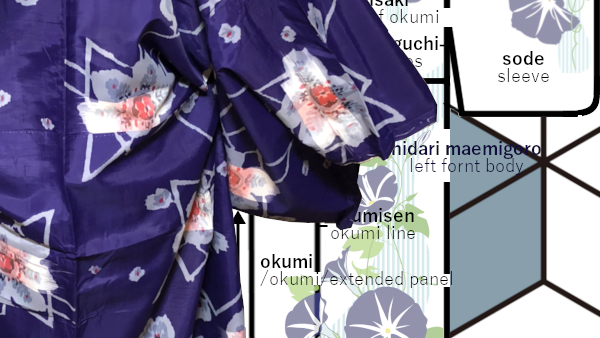
Kimono is a simple shape consisting of rectangles, such as collars, front body, back body, and sleeves. There are no zippers and buttons because of the use of sashes, belts, and strings.
It is just like wrapping your body in a sheet of cloth.
By learning the structure of the kimono, you can wear it beautifully.
Structure of kimono
The kimono dress maker measures your body size and calculates your kimono size. Then cut tanmono, a roll of fabric as the image below.

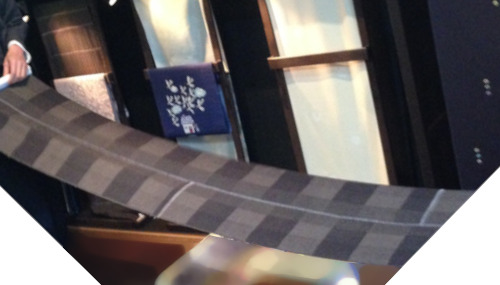
Front side
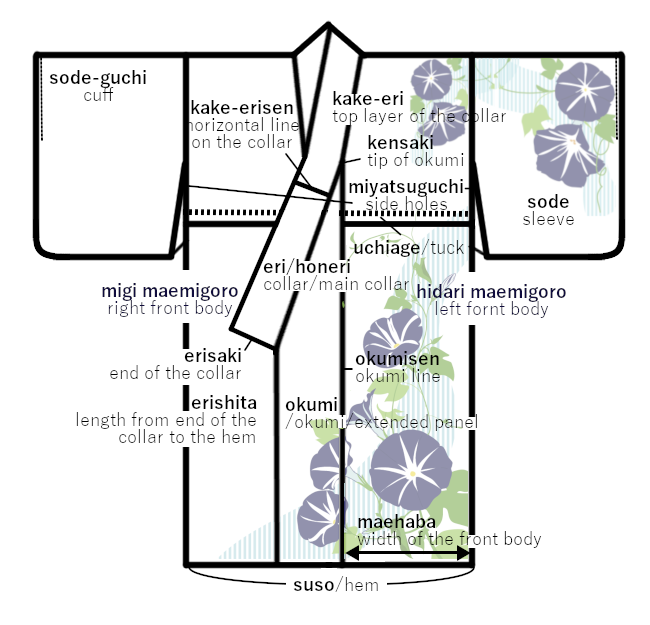
Back side
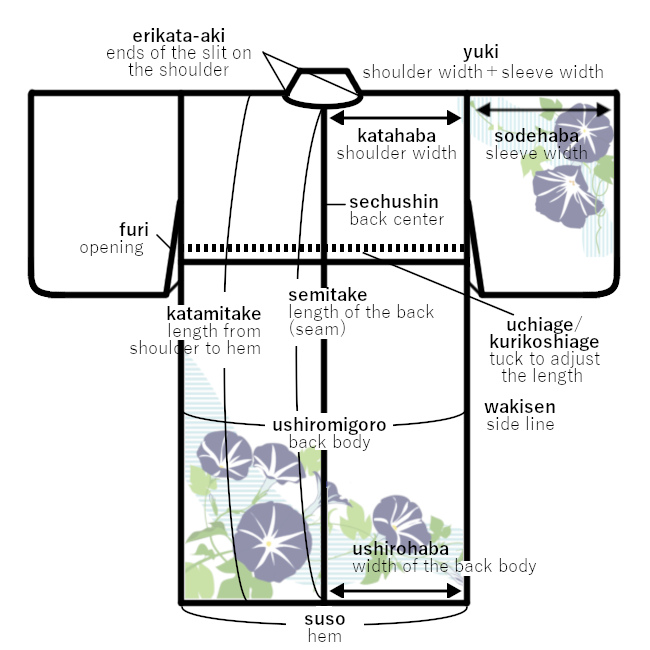
The kimono has two lengths, mitake and kitake.
You need to understand the difference between mitake and kitake. It helps buy kimono of your size,
Now, let’s make it clear!
*Erikata-aki: the slit that cut along the shoulder line to sew the collar together straight
*”Uchiage” means tucks to adjust the length. It’s convenient for you to alter the size when the length of the kimono becomes short later.
*”Kurikoshi” means that the shoulder lines are shifted backward.
(So, you can get a beautiful “emon” or space at the nape.)
In this case, the back length is longer than the front.
You can adjust the length in the back and front by tucking “kurikoshi.”
*”Age” means tucking
What is the difference between mitake and kitake?
Women’s kimono is longer than your body.
The length of mitake is almost your height, which includes the length of ohashori.
There are two mitake, se-mitake (length of the back seam) and kata-mitake (length from shoulder to hem). See the left in the photo below.
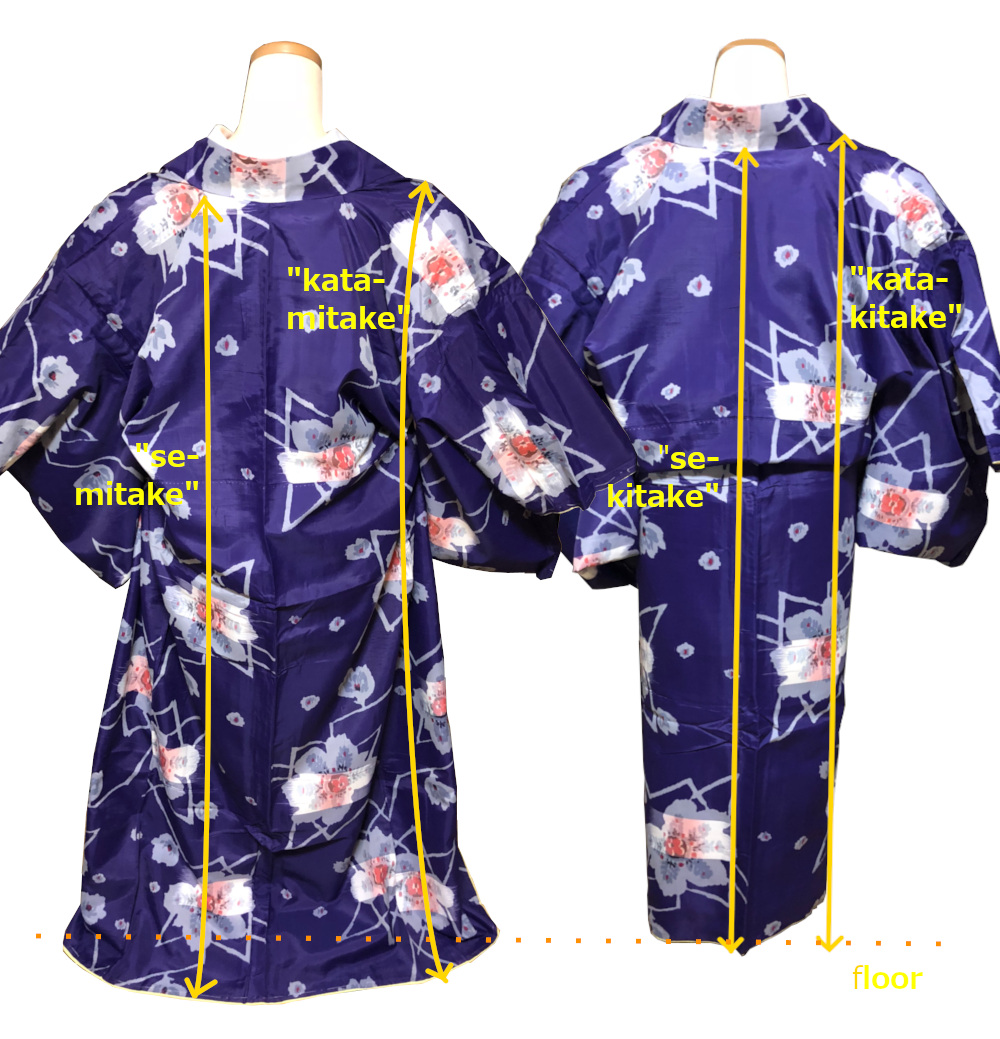
See the right in the photo above. Kitake you wear is the length from shoulder to foot (floor). You can adjust the size by yourself.
Kitake also has two lengths, se-kitake, and kata-kitake.
The length of mitake to make enough ohashori
It is important to know your mitake when buying a recycled kimono.
se-mitake = kitake + 25cm = approximately your height

When you buy kimono, please be sure to put it on and measure the length from the hem with your hand. If it is a hand span or more, it can be worn with enough ohashori.
The length of nagajuban
Kitake length of nagajuban, an undergarment, is about 80% of your height.

When you buy, please check which is used, se-mitake or kata-mitake. Most of the listed lengths are se-mitake. Here is an example.
S : 118 ㎝ / M : 124 ㎝ / L : 129 ㎝ / LL : 133 ㎝
The length of each depends on the manufacturer.
Measure your size
The body sizes that need to be measured are shincho (height), yuki (length of the shoulder and arm), and koshimawari (hips).
When you wear kimono, it is better to reduce your extra fabric. So you can put it on quickly and wear it beautifully.
When you order a custom kimono in your size, a dressmaker calculates all part sizes from the measurements.
How to measure yuki
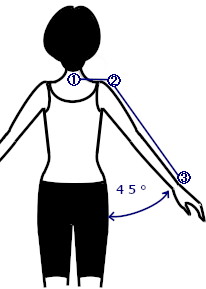
Measure from the center of the neck via the shoulder to the wrist, Do it for both sides 1 – 2 – 3 in order. If there is some difference, the average value is adopted.
If part of the size is larger than the hips, it takes precedence.
Please use it as a reference when choosing a ready-made yukata. Check your sizes of shincho (height), yuki (length of the shoulder and arm), maehaba (front width), ushirohaba (back width), and koshimawari (hips),
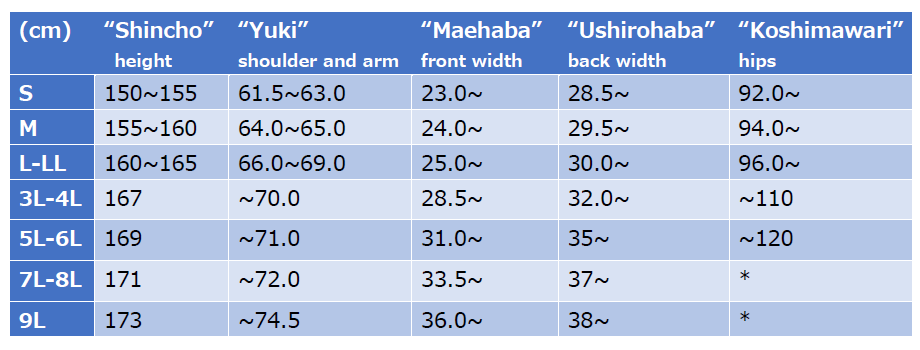
* The size of the ready-made product varies. It depends on the manufacturers.
Measure your size and get a nice one!